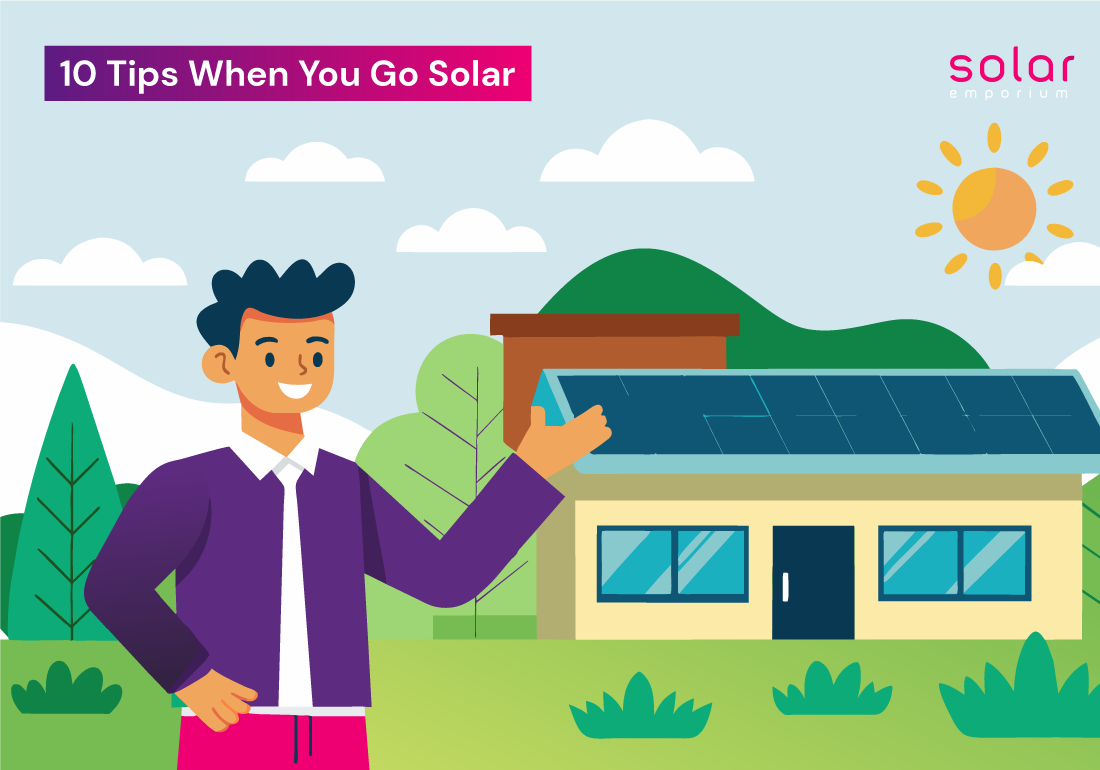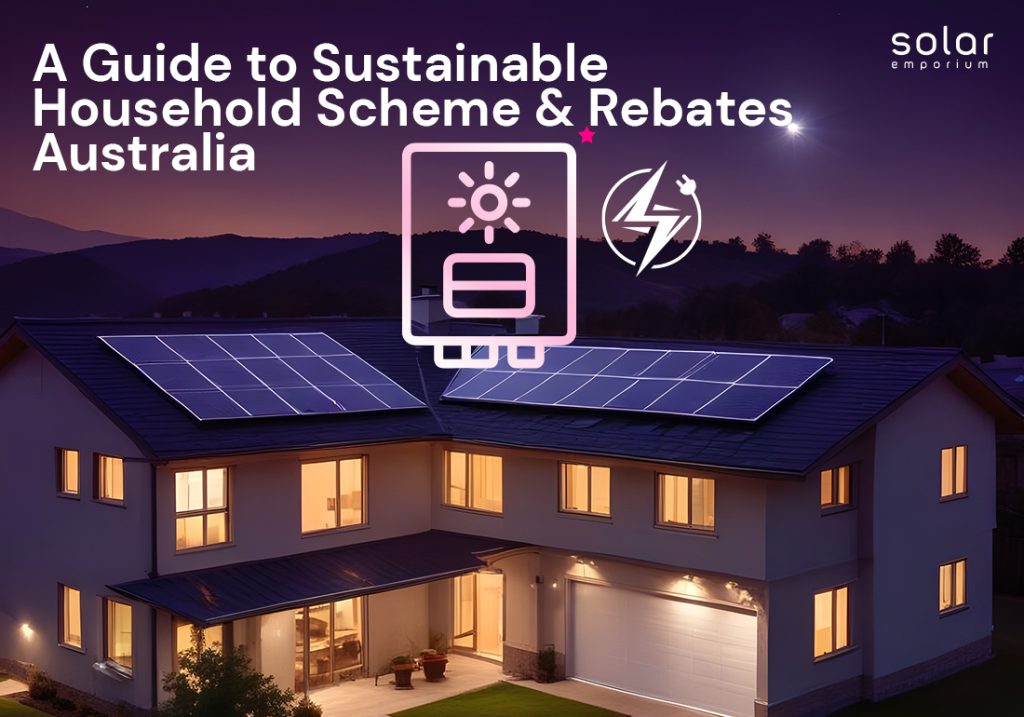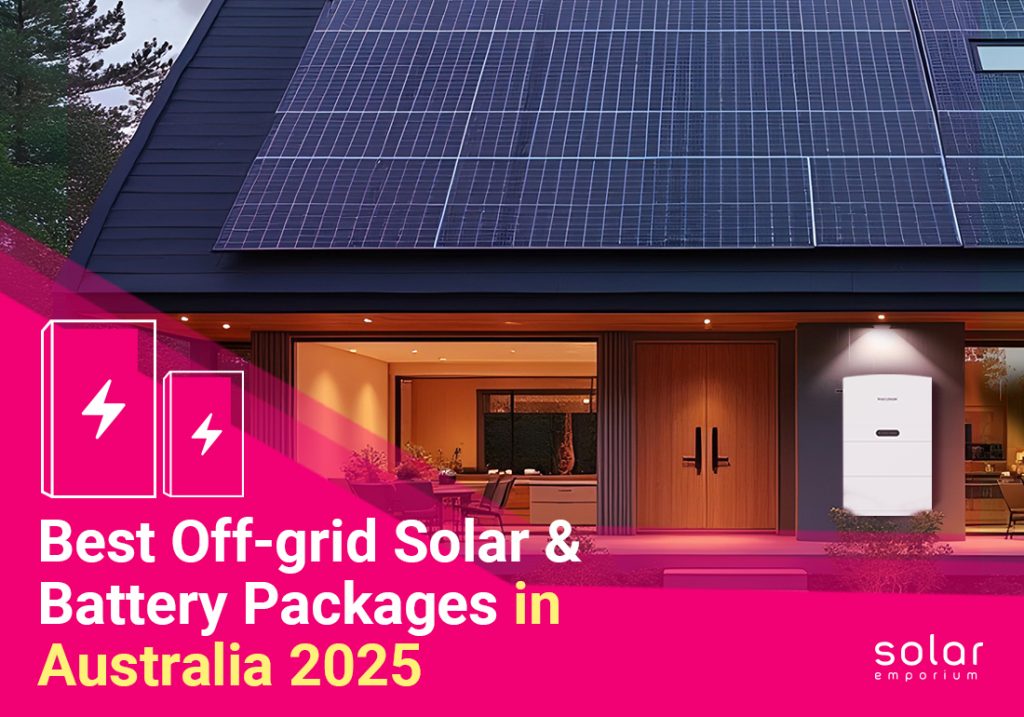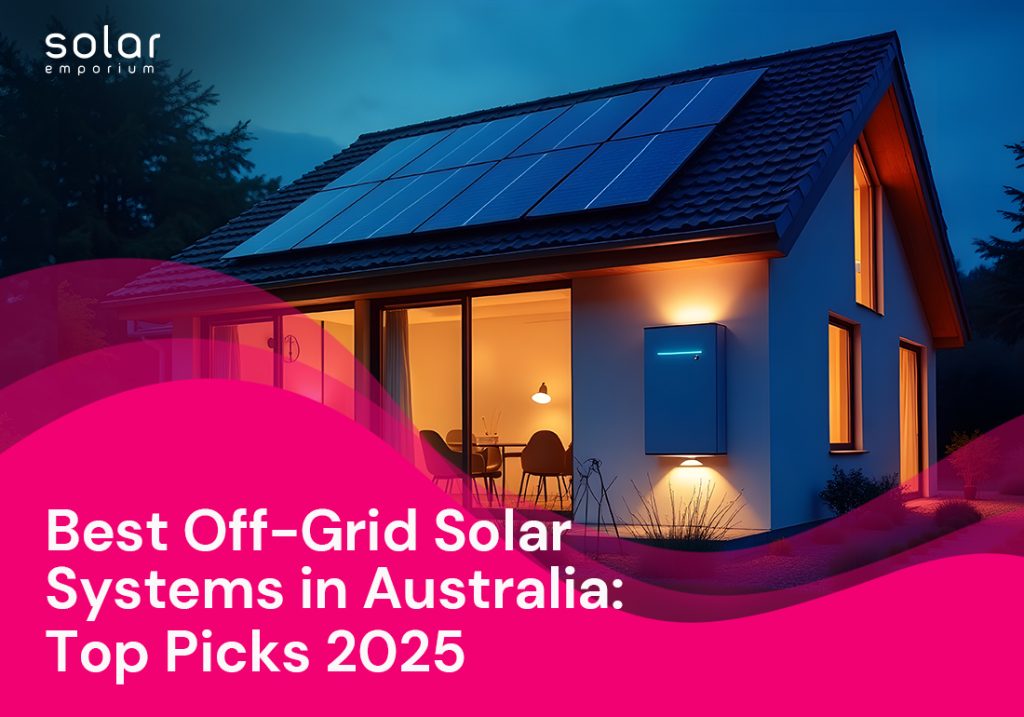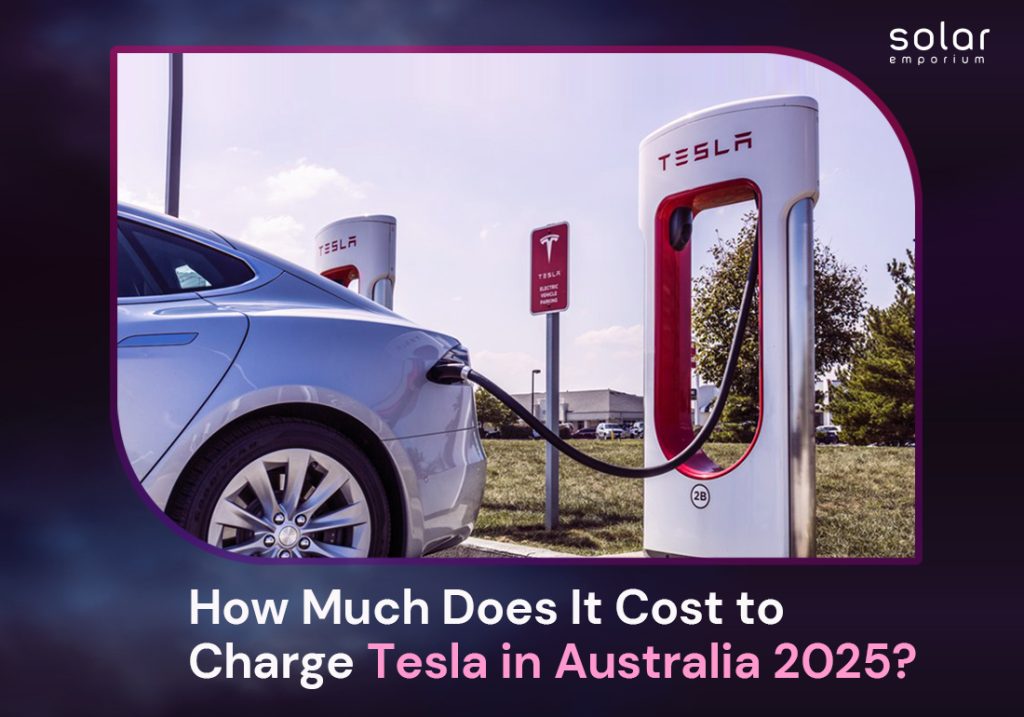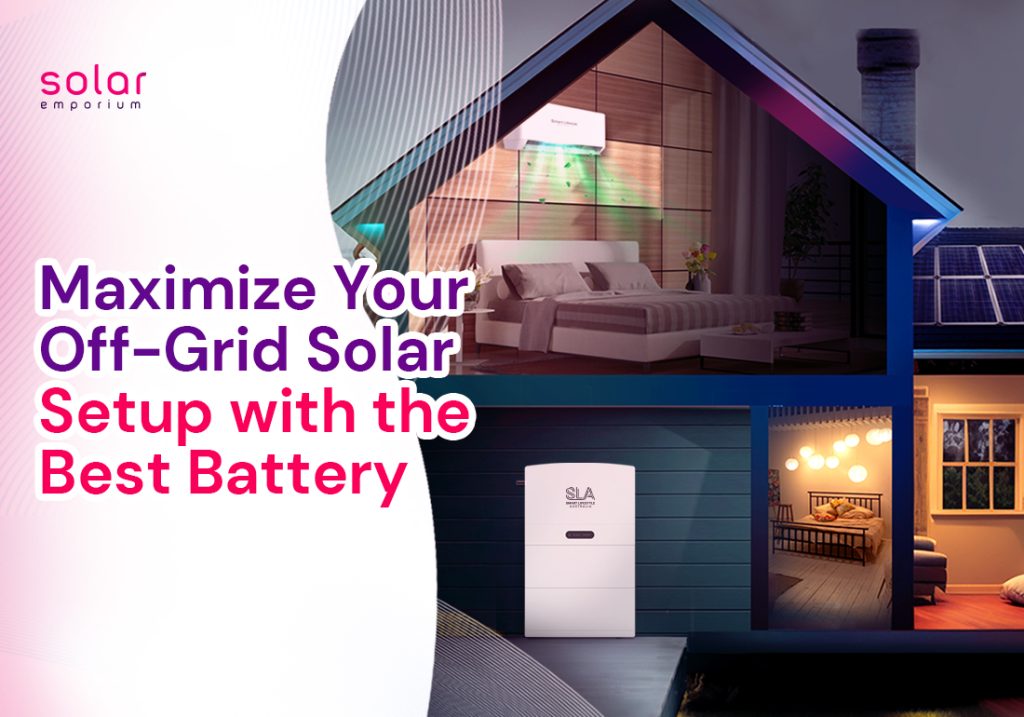Solar energy is on the rise. It is a clean, renewable energy source that can help reduce your carbon footprint while saving you money on utility bills.
The key is to maximize your home’s solar energy potential to get the most value for your investment.
Here are our top 10 tips when you go solar. We have listed the tips chronologically so you get all the before and after tips on managing your solar energy.
We have also given 10 easy-to-follow installation tips to provide more convenience! Now, let’s get into the tips directly, shall we?
Understanding Your Energy Usage
Before giving you a quote, a solar and battery installation company needs to know how you use energy at home. The best time for residential solar panels to generate electricity is between 8 a.m. and 4 p.m., though this can change with the seasons.
Therefore, knowing how much energy you use during these hours is important to determine your right system size. A small amount of excess energy is fine, but having too much will take longer to see a return on your investment.
Understanding your energy usage habits helps the installer decide the size of the system and where to place the panels.
Some installers can get your energy use data from your electricity meter, especially if you have a modern smart meter. Otherwise, you’ll need to explain your electricity usage at home.
The best way to help is to find your electricity bills from the past year and discuss your future electricity needs.
Consider factors like whether you plan to have more children, whether your pre-teens will soon become energy-hungry teenagers, whether you’re thinking of buying an electric vehicle (EV), or whether you’re installing a pool to enjoy during hot summer days.
You must answer these questions to ensure your solar system is sized correctly. Answering these questions might also lead your installer to recommend a battery, especially if you plan to buy an EV and charge it at home.
Know Your Roof Condition & Check the Proposed Panel Layout
To achieve the best results with your solar system, your installer needs to understand several aspects of your roof. Generally, solar panels produce the most energy when they face north or northwest.
Panels facing east are good for morning energy use, while those facing northwest or west can help with afternoon energy consumption, like running air conditioning.
Most roofs can accommodate solar panels, but the installer must analyze your roof’s orientation more closely.
Your installer must know the direction your roof faces and the type of roofing material you have, whether it’s tile, metal, or slate.
For example, if you plan to include a battery and an EV charger, your solar system will need to be larger than a standard system to cover your nighttime energy use and car charging needs.
When you receive a quote, you should see a layout of your roof with the proposed panel locations to understand how it will look.
A site inspection can help the installer determine if the installation process will be more complex and time-consuming than usual. For instance, roofs with slate or old tiles may require more work and take longer to install the panels.
Get a free quote from Solar Emporium to get your site inspected.
Check With Your Electricity Retailer
You must talk with your electricity retailer before purchasing and installing a solar system. This step is important because you need to understand the financial details of generating electricity.
When your solar panels produce electricity, any excess energy that you don’t use can be sent back to the grid.
Your electricity retailer will pay you a certain rate, often called a feed-in tariff. Knowing this rate is essential because it directly affects how much money you can save or earn by generating electricity.
Some electricity retailers might adjust your hourly rates based on whether you have a solar system. Understanding these potential changes will help you see your overall electricity costs and savings.
Always Use a Clean Energy Council Accredited Installer
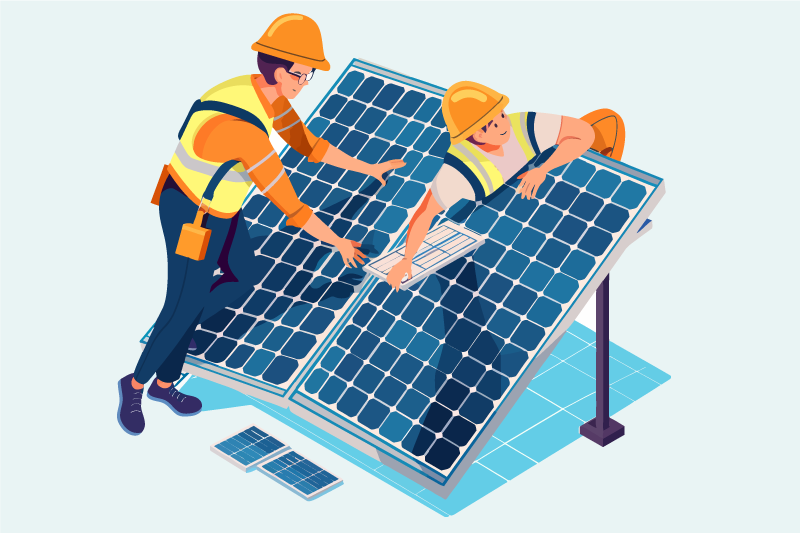
Hiring a Clean Energy Council (CEC) Accredited Installer is essential when installing a solar system.
This accreditation ensures that the installer has the necessary training, skills, and knowledge to safely and effectively install solar power systems according to industry standards.
Using a CEC-accredited installer provides several benefits. First, it ensures that the installation will be done correctly and safely, reducing the risk of potential issues like electrical faults or poor system performance.
Accredited installers must stay up-to-date with industry best practices and regulations, ensuring your solar system is installed using the most current and effective methods.
All solar PV installers within this network have undergone the necessary training and certification to achieve this accreditation, providing an additional layer of assurance regarding their expertise and reliability.
Use Products that Meet Australian Standards
Use Products that Meet Australian Standards
When installing a solar system, it is crucial to use products that meet Australian standards. These standards ensure that the solar panels, inverters, and other components are safe, reliable, and efficient under Australian conditions.
Using products that comply with Australian standards guarantees several benefits. First, it ensures the safety of your installation, reducing the risk of electrical faults, fires, or other hazards.
Second, the products are built to withstand the unique Australian climate, including high temperatures, UV exposure, and severe weather conditions.
This durability ensures that your solar system will perform optimally over its lifetime, providing consistent energy savings and reducing the need for frequent repairs or replacements.
Your installer must prove that their solar panels and inverters meet these standards. This proof typically comes in certification documents or labels that indicate compliance with the relevant Australian standards.
Additionally, you can independently verify product compliance by checking the approved product list available at the Clean Energy Council (CEC) Accredited Installer.
Find Financial Incentives and Rebates
The overall cost of equipment and installation also impacts your home’s solar energy potential.
Be sure to research available financial incentives, such as tax credits, rebates through local utility companies, or even community-based group purchasing discounts, to further reduce installation costs and increase your return on investment in a solar system.
Use Electric Heating During Cooler Periods
During the transitional seasons, when the weather is cooler but not extremely cold, you can use your solar generator with a large enough storage unit to run infrared heaters. These heaters can warm up your home during chilly evenings.
They come in various attractive designs, including bathroom heating mirrors. As long as they use little power and are only used for extra heating, they are an efficient way to use solar electricity.
When the solar power isn’t enough for heating, you’ll need to buy electricity from the grid or switch to a more efficient electric heat pump system.
Energy Storage Boosts Efficiency

The cost of lithium batteries dropped by over 40 percent, and this trend is expected to continue. Therefore, it is good time to invest in a solar battery.
The battery size you need depends on your building’s electricity usage and the size of your solar system.
Adding a battery can increase this to nearly 100 percent. Generally, solar power alone can meet about 30 to 50 percent of your home’s electricity demand without storage. With a solar battery, this can go up to 90 percent.
Heat Water with Electricity!
If you generate solar electricity, switching your hot water systems to electric heat pumps is a good idea. SLA hot water heat pumps are one tap away, giving you instant hot water! You can also set the water temperature to your preference.
The demand for hot water stays constant throughout the year. In late spring and summer, solar power can fully meet this demand, increasing your self-consumption of the electricity you generate. Combining this with special hot water heat pumps can also be beneficial.
Use High-Energy Appliances During the Day!
Appliances that use a lot of electricity, like dishwashers, washing machines, tumble dryers, and kitchen stoves, should be run during the day. This is when your solar panels generate the most power, which can be used directly.
Managing the power for a high-wattage stove might be challenging. In this case, a large solar battery can help by storing energy for short-term use when demand peaks.
It’s important to have enough kilowatt-hours from your solar panel’s band and enough power. This determines whether your storage unit is designed for capacity or output.
10 Easy-to-Follow Solar Panel Installation Tips

- 1) Prepare Your Roof
- 2) Let a Professional Handle Permits
- 3) Use the Divide-by-Four Rule
- 4) Inspect Your Solar Panels for Damage
- 5) Face Panels Toward the Equator
- 6) Use Microinverters in Shady Areas
- 7) Secure Standoff Legs on Roofs
- 8) Anchor Standoff Legs on the Ground
- 9) Use High-Quality Materials
- 10) Prioritize Safety
For any further assistance, contact Solar Emporium today!
